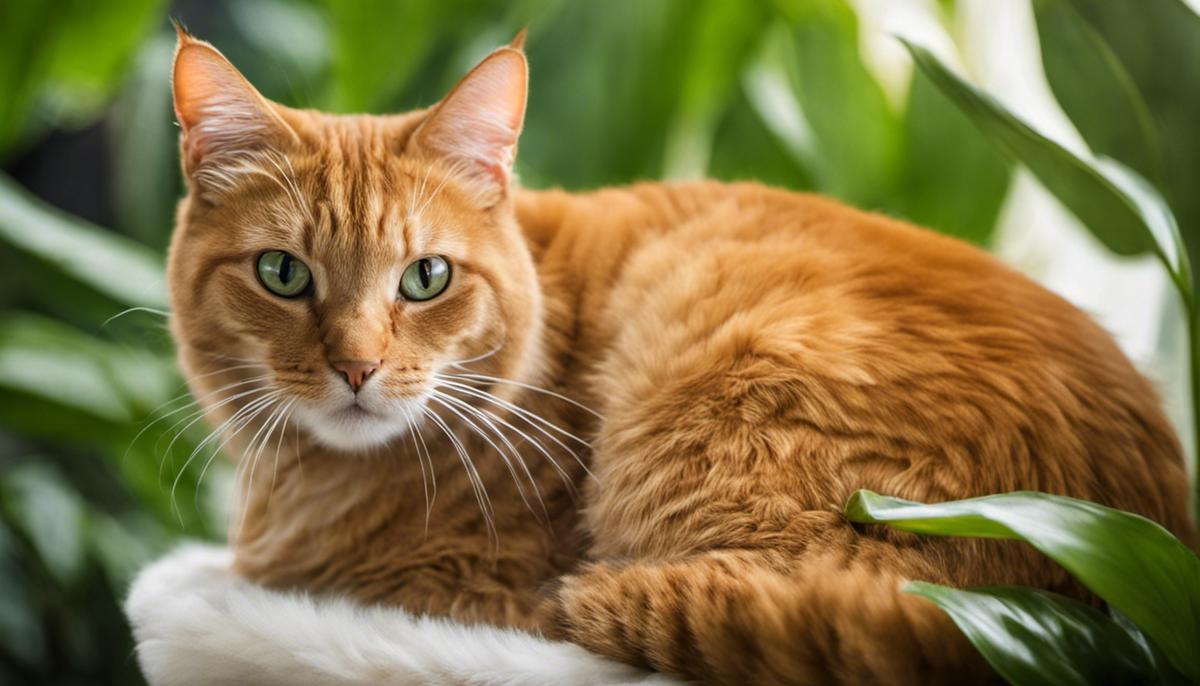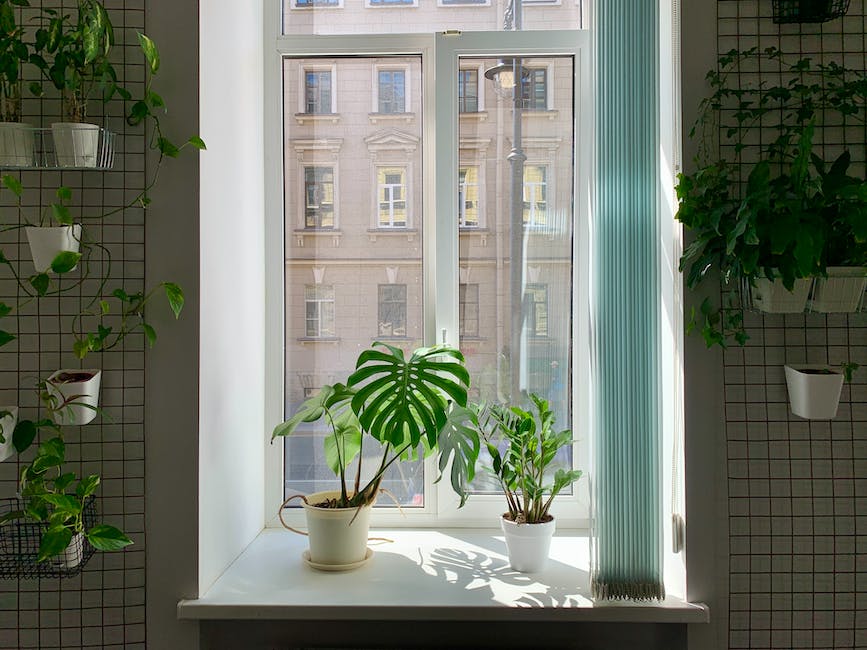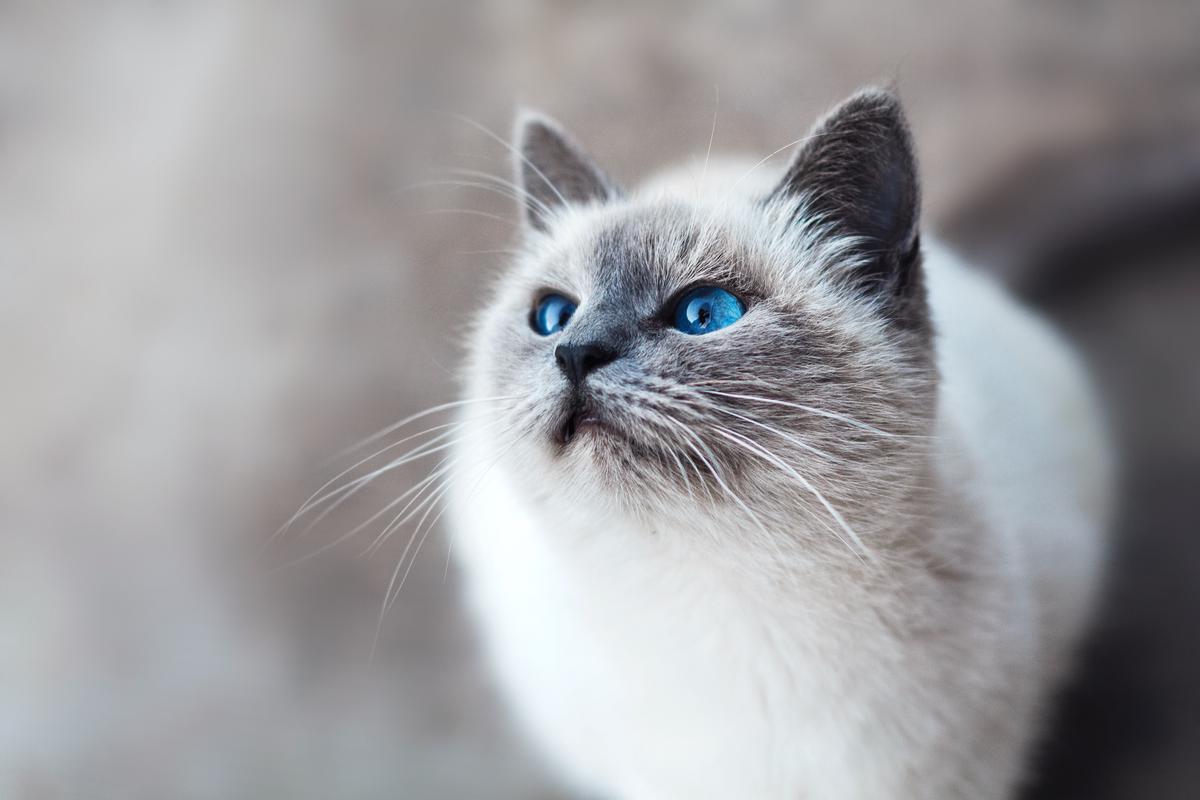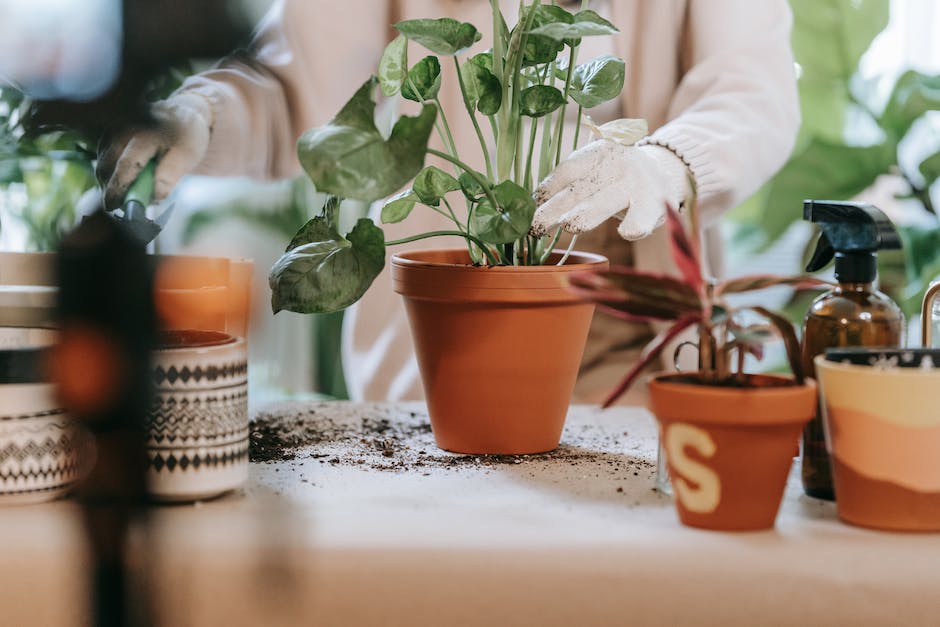Is Your Peace Lily Plant Safe for Your Cat? Understanding the Risks

One of the many joys of owning a cat is providing a home that offers both enrichment and safety. However, many cat owners are unaware that something as simple as a houseplant can pose serious risks to their feline friends. Among these, the peace lily plant stands out due to its popularity in homes. Yet, it carries toxicity harmful to our cats which can cause a host of health issues, if ingested. In this discussion, comprehensive enlightenment will encompass understanding plant toxicity and its bearing on cats, mainly focusing on the peace lily plant. Symptom identification and remedial measures to be undertaken will also be outlined. Moreover, we will delve into the practical steps to prevent exposure and how to create a safe haven for your precious pet, where curiosity doesn’t harm the cat.
Understanding Plant Toxicity and Cats
Some plants make our homes look beautiful and feel cozy, while also purifying the air. But if you’re a cat parent, it’s important to know that some of these lovely greens might not be safe for your feline friend. One such questionable houseplant is the Peace Lily, commonly lauded for its air-purifying properties and delicate white flowers. When it came to light that this particular plant could potentially pose a threat to our feline family members, questions started to flourish – what actually makes these plants toxic to our kitty companions?
The causative factor lies within the plant itself. You see, Peace Lilies (Spathiphyllum species) contain a substance known as calcium oxalate. Now, although this doesn’t harm the plant in any way, it’s this compound that’s particularly toxic to cats if ingested. The calcium oxalate crystals can cause a sudden onslaught of symptoms such as intense burning and irritation of the mouth, tongue and lips, excessive drooling, vomiting, difficulty swallowing, and even renal failure in severe cases. It’s quite a nightmare to even think about, isn’t it?
Even a small amount of nibbling can lead to these unpleasant symptoms. This is why it’s crucial for us, as responsible cat parents, to be mindful of the plants we choose to decorate our homes with. Let’s save our beloved felines from the potential agony. So, instead of a Peace Lily, why not opt for a cat-friendly alternative like Areca Palms or Spider Plants? They’re just as beautiful and purify the air too, all while ensuring the safety of our four-legged friends. We do love creating a win-win situation, don’t we? Let’s make our homes more feline-friendly together!

Identifying Symptoms & Seeking Treatment
Following up on pointers discussed earlier
Now that we understand the causes and symptoms, it's integral to know what measures should be taken once you've recognized peace lily poisoning in our beloved feline friends.
A cat exhibiting signs of discomfort, difficulty swallowing, excessive drooling, reduced appetite, or pawing at its mouth might be dealing with the unfortunate consequences of coming into contact with this plant.
When such indications show up, it's definite cause for concern.
If you suspect that your family's fluffy friend has come into contact with a peace lily, don't panic.
However, immediate action is essential.
Ensure to eliminate any remaining plant material from their mouths or fur, taking extra care if it has caused any mouth irritation.
After that, it would be wise to call your vet or a local pet poison control center swiftly.
It's essential to let professionals guide the next steps to ensure your cat recovers fully without any lasting damage.
Veterinarians may induce vomiting or administer activated charcoal to help neutralize the effects of the toxin.
Fluid therapy might also be required in severe cases when the kitty is dehydrated.
Above all, remember: your furry companion depends on you for their safety and wellbeing!
While being mindful about the plants we bring into our shared living spaces is essential, accidents can still happen, and it's integral that we stay vigilant and act promptly.
In the face of any adverse situation, ensure to remain calm, act quickly, and consult trusted professionals for assistance.

Photo by miklevasilyev on Unsplash
Prevention: Creating a Safe Environment for Cats
Navigating the wide array of indoor plants for your home can be quite the challenge when cats are in the picture, particularly when it comes to reducing the presence of potentially harmful plants, like the Peace Lily. But with the right strategies, you can still maintain that touch of nature in your home without compromising your furry friends’ safety.
One of the ways to ensure this delicate balance is to place potentially harmful plants, like Peace Lilies, out of reach – while this may seem like an overly simple solution, it can be highly effective. Setting plants atop high shelves, for example, can make them inaccessible to your curious felines, as can hanging them from ceiling hooks (though do keep an eye out for the nimble and climbing-inclined cats who might view this as a challenge more than a deterrent!). Having designated plant-friendly high zones along with cat-friendly lower zones is one trick to remember.
Significantly, it’s vitally important to have a heightened level of vigilance after bringing a new plant into your living space. Keeping an eye out for any changes in your cat’s behavior, such as lack of appetite, unusual lethargy or gastrointestinal distress, should be on top of your to-do list. Always make sure to research each plant prior to bringing it into your home to know which signs and symptoms of distress to look out for. Also, keep resources like your vet’s number or the pet poison control center on speed dial. Remember, it’s better to call and ask questions if anything seems remotely concerning, rather than wait until more serious symptoms appear.
Lastly, but just as important, consider investing in some engaging cat-friendly alternatives to distract your furry friend from your greenery. This could range from interactive toys, scratching posts to cozy sleeping pods that provide an alternative focus for your cat’s attention. This way, you create an environment where both your plant and cat can cohabit peaceably, reinforcing the safe, loving, and thriving atmosphere that constitutes, at its core, every ideal family home.

Ensuring the safety and well-being of your cat isn’t merely a responsibility, but a gesture of love and care. While our feline friends do possess an innate curiosity, it is our duty to make sure that their explorations don’t lead them into harm’s way. By understanding the risk posed by certain plants, such as peace lilies, you can ensure your pet’s environment is safe. Recognizing symptoms of toxicity promptly can make all the difference in your cat’s health and recovery. Additionally, creating a suitable environment with non-toxic plant alternatives and keeping potential threats out of reach, will not only assure your peace of mind, but also provide your cat with a healthy and interesting space to live and play. Take that step today. Your best friend will thank you!



